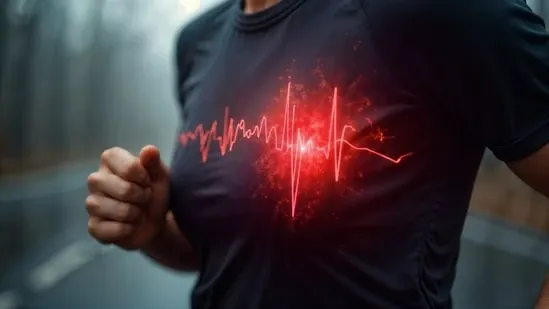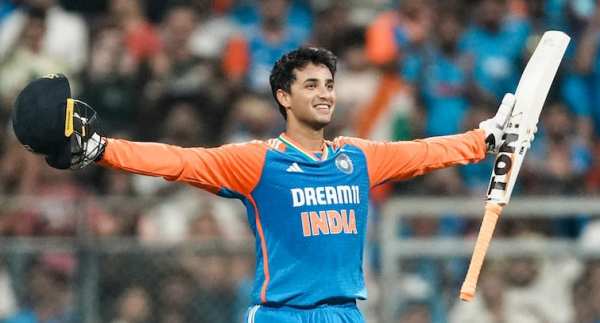Cardiologist shares life-saving steps you must take if loved one has heart attack: ‘Even colour of patient will change’
admin | September 4, 2025 1:22 PM CST

Heart attacks can be deadly if safety measures are not taken on time. In an Instagram post shared on August 31, Dr Alok Chopra, a cardiologist and functional medicine expert, listed a few life-steps one should take if they see someone having a heart attack.
What to do in case of a heart attack?
The video of Dr Alok Chopra is from a podcast called Impact Stories, where the cardiologist was asked what someone who is not a doctor should do in case they see a person on the street or anywhere else without immediate medical assistance having a heart attack.
Here are the steps the cardiologist suggested:
- First, remove all the people. Everyone will be crowding [the patient], so let them get some air.
- Next, sit down and straddle the patient, which means one leg on one side and one on the other. Typically, I am on my knees, pressing my entire weight down. The only way this can happen is by straddling the patient to apply maximum pressure.
- The sternum must be compressed at least 3 to 6 inches. Most people will have a rib fracture or something similar because of this. Ribs can be taken care of later.
- Even the colour of the patient will change; they may appear bluish or darkish when they are dying. When the colour comes back, we know that it's getting better.
- One must continue. You can't say you've done it for a minute, and it's not happening. You have to do your best.
- And, of course, if it doesn't happen in about five to 10 minutes, then obviously the patient is dead.
The exercise suggested above by Dr Chopra is called Cardiopulmonary Resuscitation (CPR). In CPR, chest compressions are applied to manually pump blood through the heart and maintain circulation when someone's heart has stopped (cardiac arrest).
Why is CPR an essential first aid for a heart attack?
According to a report by the Mayo Clinic, giving CPR means pushing hard and fast on the person's chest. One has to do the CPR about 100 to 120 times a minute. The pushes are called compressions. If you're trained in CPR and confident in your ability, start with 30 chest compressions before giving two rescue breaths. Use an automated external defibrillator (AED) if one is available and the person is unconscious.
READ NEXT
-
Asia Cup: 5 Lesser-Known Records That Will Surprise You

-
Asia Cup 2025: 3 Indian Players Who Could Win Player Of The Series Award

-
7 Early Signs Of Diabetic Neuropathy You Should Never Ignore

-
Pan-India Voter SIR Likely From October, Says Report As Election Commission Meets State Officials On Rollout

-
Apple Says Goodbye To 128GB Storage: All iPhone 17 Models Now Start With 256GB Base Option
